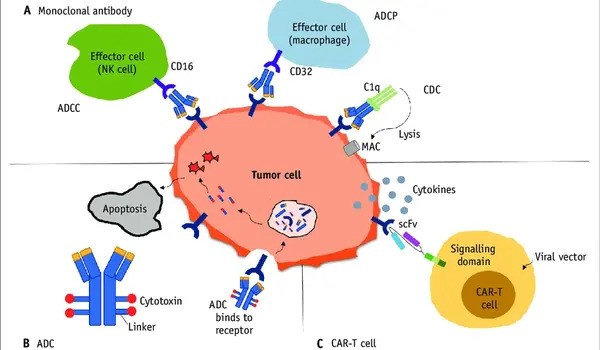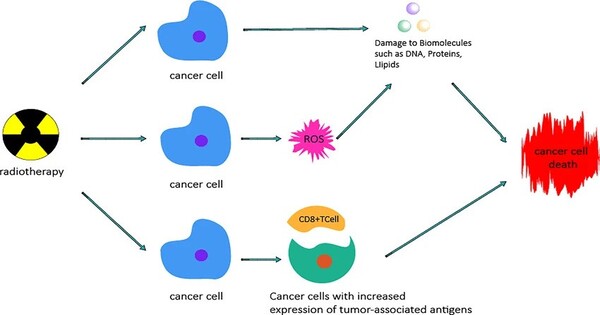Conventional cancer treatments function by inducing apoptosis, or programmed cell death, in tumor cells. However, tumor cells can find mechanisms to avoid apoptosis, rendering the medications useless. A study team has described a new method of action that kills cancer cells via ferroptosis.
In a first, a Bochum-based team created a chemical capable of putting cancer cells into ferroptosis, a type of cell death. This could pave the path for the creation of novel medications.
Conventional cancer treatments function by inducing apoptosis, or programmed cell death, in tumor cells. However, tumor cells can find mechanisms to avoid apoptosis, rendering the medications useless. A study published in the journal Angewandte Chemie describes a new method of action that kills cancer cells via ferroptosis. Ferroptosis is another type of planned cell death that was not discovered until the 2010s. The Bochum group created a metal complex, tested its efficiency in cell cultures and in microtumors, and identified the chemical processes that underpin the mechanism of action.
Searching for an alternative to the mechanism of action of conventional chemotherapeutic agents, we specifically looked for a substance capable of triggering ferroptosis.
Johannes Karges
Two types of programmed cell death
Certain signaling molecules launch a suicide pathway, causing cells to die in a controlled manner. This is a critical step in removing damaged cells or controlling the amount of cells in specific tissues, for example. Apoptosis is long recognized as a process for programmed cell death. Ferroptosis is a recently discovered mechanism that, unlike other cell death mechanisms, is distinguished by the formation of lipid peroxides. This process is frequently stimulated by iron (ferrum in Latin), which is where the term ferroptosis comes from.
“Searching for an alternative to the mechanism of action of conventional chemotherapeutic agents, we specifically looked for a substance capable of triggering ferroptosis,” explains Johannes Karges. His group synthesized a cobalt-containing metal complex that accumulates in the mitochondria of cells and generates reactive oxygen species, more precisely hydroxide radicals. These radicals attack polyunsaturated fatty acids, resulting in the formation of large quantities of lipid peroxides, which in turn trigger ferroptosis. The team was thus the first to produce a cobalt complex designed to specifically trigger ferroptosis.

Effectiveness demonstrated on artificial microtumors
The researchers from Bochum used a variety of cancer cell lines to show that the cobalt complex induces ferroptosis in tumor cells. On top of that, the substance slowed down the growth of artificially produced microtumors.
“We are confident that the development of metal complexes that trigger ferroptosis is a promising new approach for cancer treatment,” according to Johannes Karges, who summarizes the findings: “However, there’s still a long way to go before our studies result in a drug.”
The metal complex must first demonstrate efficacy in animal experiments and clinical trials. Furthermore, the chemical does not now target tumor cells exclusively, but rather attacks healthy cells as well. This implies that first, researchers must figure out how to package the cobalt complex such that it only harms tumor cells.
















